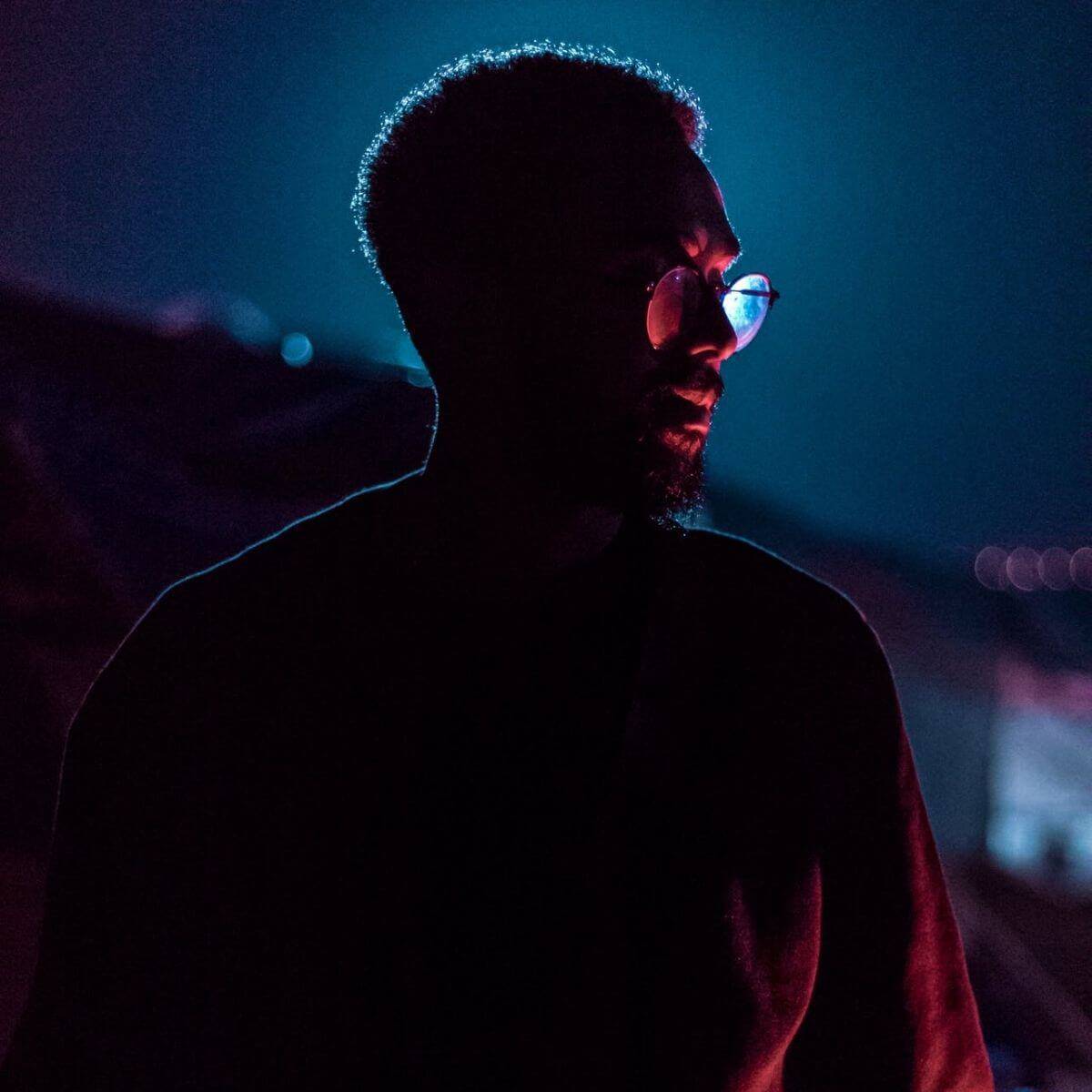ISO stands for the International Organization for Standardization. It measures your camera’s ability to capture light.

What is ISO?
In digital photography, ISO determines your camera’s ability to capture light, or in other words, how much of the light is amplified in the digital result.
Related: How to take low-light portraits
A common misconception is that ISO changes how sensitive your camera’s image sensor is to light.
However, the image sensor is always collecting light and the sensitivity doesn’t change.
It’s true that ISO is an important part of the exposure, but it doesn’t change how much light is being collected. Instead, that’s what aperture and shutter speed are there for.
The aperture controls the size of the hole in your lens that allows light to hit the camera’s image sensor. The shutter speed controls the time that the hole remains open to gather light.
Related: Manual mode guide for beginners
This is where ISO comes in. Depending on the setting, it’ll digitally amplify the light that was collected, which can change the brightness of the image.
ISO and grain
Most of the time, you’ll be using the base ISO, which means the lowest setting. Usually, it’ll be 100.
Images that are shot with this setting are sharp and don’t have much noise or grain.
Related: How to take sharp photos
However, as you increase the ISO, all of the light information will be amplified. This also results in more grain or image noise.
It’s not possible to always use the base ISO. For example, there are times where you’ll shoot at night. In those instances, you may need to increase your ISO.
Another reason you’d increase the ISO is to use a smaller aperture or faster shutter speed.
Both of those changes cause the brightness to decrease, meaning you need something to compensate for the change.
How to select the right setting
To select the right setting, you need to consider the following before you can make a decision:
1. Is there movement? If your subject is moving, you’ll need to use a faster shutter speed.
2. Are you using a deep or shallow depth of field? A shallow depth of field, or large aperture allows more light in. Using a deep depth of field or small aperture allows less light in.
3. Do you want grain in the photo? Grain can give a rougher or more classic feel to the image. However, you may not want grain. You’ll have to decide before choosing a setting.
4. Are you using a tripod? A tripod will allow you to use slower shutter speeds without worrying about camera shake.
In general, use the base ISO as much as you can. If you need to increase it, try reducing the shutter speed and using a larger aperture before doing so.
Related: What’s the blue hour?
Frequently asked questions
If I have to use a high ISO, can I fix the grain?
If you must increase the ISO and don’t want your image to be grainy, you can use the Noise Reduction tool in Photoshop or Lightroom. You can also increase the sharpness of the photo.
What is the best ISO setting for low-light?
When you’re shooting in low-light conditions, decrease your shutter speed, aperture, and increase your ISO to a higher setting such as 800 or 1600. Only increase it as needed to avoid blur.
Is ISO a part of exposure?
No, aperture and shutter speed are a part of exposure. ISO digitally brightens the after the image is taken.
Conclusion
Although ISO doesn’t affect the exposure, it’s still an important part of photography. It uses the light information that’s already being collected to either brighten or darken the image. Just remember that as you increase it, the noise and grain will also be amplified.
More resources:
Featured image courtesy of Pexels.
